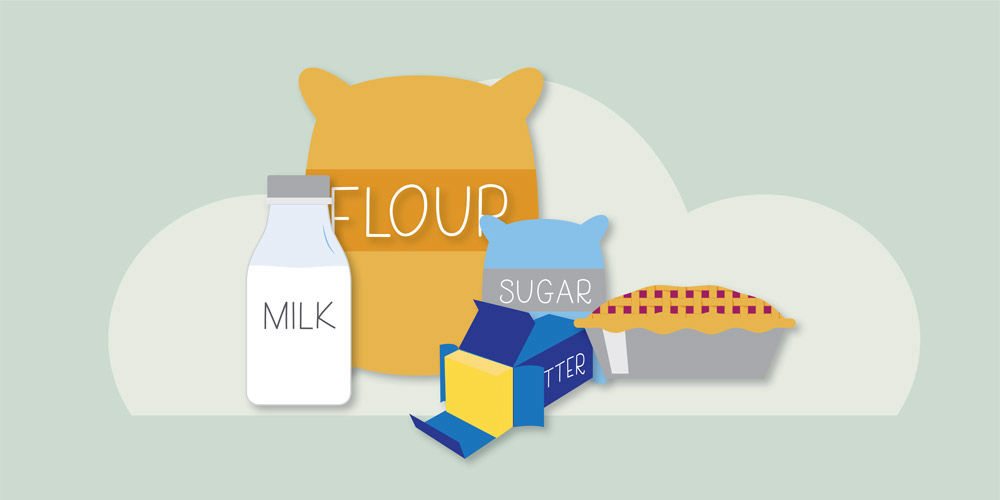Why single piece flow or small batches are better
seems counterintuitive—but producing things one at a time, or in small batches, is a more efficient mode of production.
Batching is defined as performing tasks or creating things in a large quantity all at once. You must wait for the batch to accumulate, which produces greater amounts of inventory (and more waste).

Single piece flow, or doing things in small batches, can be more effective. Single piece flow allows you to process one part at a time using small batches. Setup, equipment, and supplies determine the size of the batch. When properly applied, the result of single piece flow is less waste and more flexibility in the process.
Single piece flow in health care
Here’s a simple version of single piece flow: a provider completes patient notes in between each visit, rather than waiting to tackle them all at once at the end of clinic. This process is more efficient, and the output is better: writing notes while you’re fresh rather than waiting (and potentially forgetting key pieces of information) is a safety best practice.
Single piece flow for pie making

Marcie uses a single pie flow to prepare her crust.
How to set up:
- Have each ingredient on hand—do not put away until all crusts are made.
- Use dedicated measuring devices for each ingredient.
- Use the same bowl for each crust, you don’t need to clean in between.
- If a second person is helping, have them complete a step further down the line. For example, the first person can measure and mix one pie crust while the second person can roll out the pie crust. While the second person rolls out the crust, the first person can make another pie crust.
Benefits of single piece flow
| In General | In Pie Making |
|---|---|
| 1. Reduce time in queues | n/a |
| 2. Can reduce turnaround times | n/a |
| 3. Improves production rate | n/a |
| 4. Catches errors earlier | If your crust isn’t working, you can resolve the issue before you’ve made all of them |
| 5. Less cash tied up in work in process and finished goods | If you make 6 crusts but only end up using 3, you won’t have all that extra |
| 6. Less space and equipment needed to handle large loads of equipment | You won’t need an industrial mixer or oven |
| 7. Less opportunity to damage WIP | Different stages of pies sitting around |
| 8. Greater processing flexibility | You can more easily make different kinds of pies |
Whether you plan to spend this holiday at work or at home, single piece can help you add a little flow as you go.
This article was originally published November 2018.
Marcie Hopkins
Matt Sanford
Hospitalist Ryan Murphy introduces quality improvement (QI): The systematic and continuous approach to improvement.
Improvement science is about making everyday tasks easier and faster. This week, Steve uses the 6-phase value improvement methodology to build a highly-reliable morning routine.
This week, Steve describes a genius (yet simple) data collection tool: the check sheet. Colline Prasad and the SSTU nursing team used check sheets in their work reducing call lights, a project that turned out to be a triple-win; an intervention that improved patient perception of responsiveness, increased patient safety, and decreased nurse distraction.
